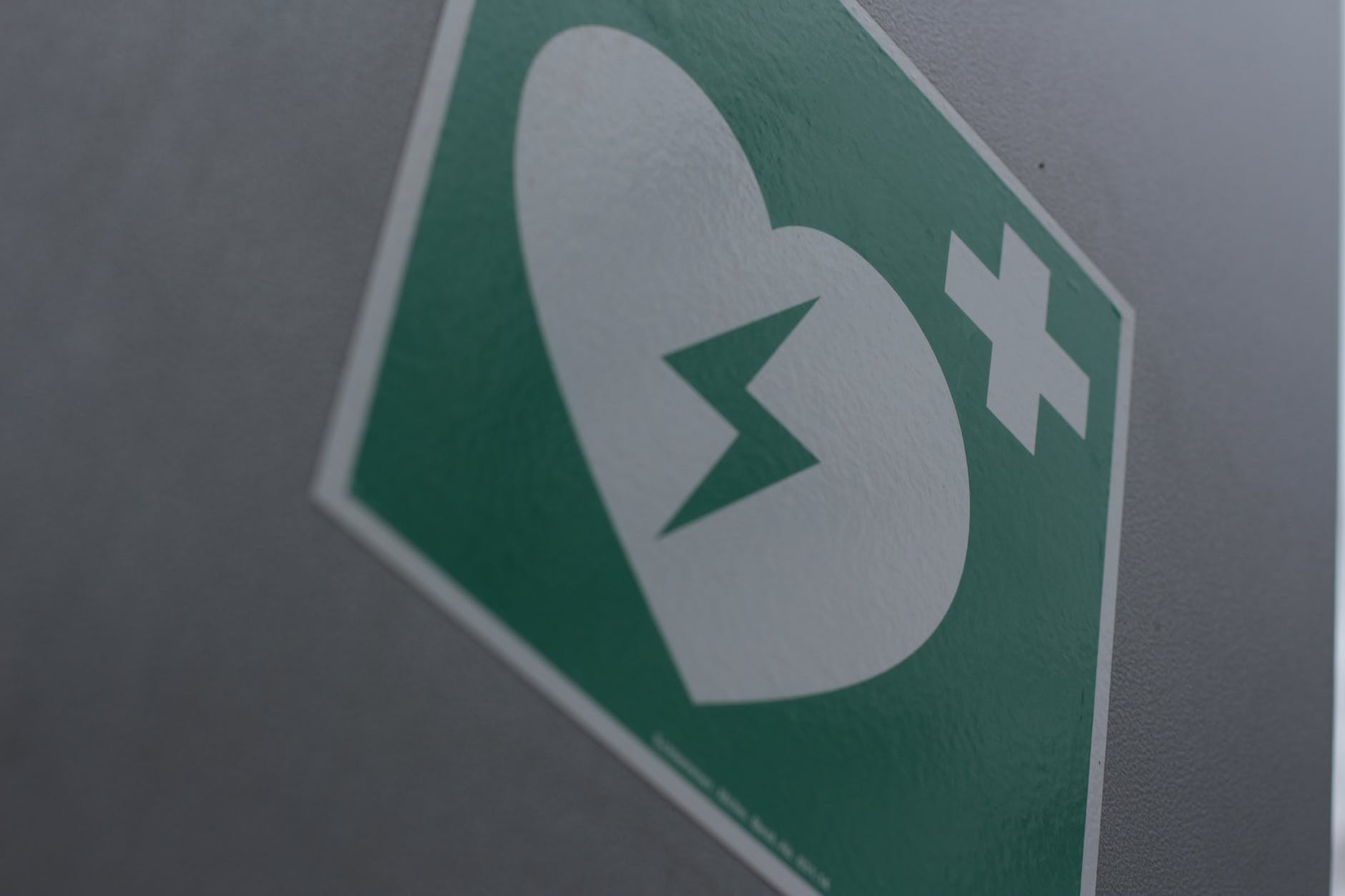Are you prepared for an on-site cardiac arrest?

Sudden Cardiac Arrests are the third leading cause of death in the industrialised world. Are you prepared for the worst?
There are over 30,000 out-of-hospital cardiac arrests each year in the UK. Per week, 100 occur in the workplace. Even with these numbers, regulation is still unclear surrounding the preventive measures contractors and site managers can take. More often than not, they are unaware of how quickly you must act and the consequences of failing to do so.
The heart requires electrical signals to pump blood around the body. A Sudden Cardiac Arrest (SCA) occurs when there’s an issue with these electrical signals within your heart muscle. This is not to be confused with a heart attack, which involves a block in the coronary artery and blood supply being cut off to the heart. Basically, a heart attack is a plumbing problem; an SCA is an electrical problem.
An SCA can happen to anyone at any time, no matter your age or fitness level. It is a race against time to increase the chances of survival. Without immediate treatment, 90 to 95% of victims will die. As each minute passes after an SCA, the victim’s chance of survival decreases by 10%. Considering that the average ambulance response time to a life-threatening incident is around 8 minutes in the UK, probability is not on the victim’s side.
These statistics are a wake-up call for contractors and site managers to prepare for the worst. With an on-site defibrillator and effective CPR within three to five minutes of the cardiac arrest, a victim’s chance of survival increases from 6% to 74%.
What is a defibrillator?
These portable medical devices, also known as Automated External Defibrillators (AED), can check the heart’s current rhythm and send an electric shock to the heart if required.
This electric shock is vital if someone has suffered from an SCA, as the steady electrical rhythm that controls the heart has now changed to a chaotic electrical rhythm. Defibrillators return it to its natural rhythm.
Using an AED to shock another person can feel intimidating. However, they are designed to be straightforward and foolproof – so much so that even someone who has never seen one before can operate it. Although AEDs usually contain spoken prompts that guide the user step by step through the process, it is still highly recommended that all members of staff receive basic training and know where to locate the nearest on-site AED.
Considering the risks in construction
When it comes to SCAs, the severity of potential risk is incredibly high. Certain industry conditions also increase the likelihood of a member of staff suffering from an SCA. In construction, these include:
- Working with high-voltage equipment
- Working at height
- An ageing workforce
You could also find yourself somewhere that is hard to reach for an ambulance. Especially if there’s an increased probability of traffic or you’re in a hard-to-access urban location.
It is therefore even more critical for site managers and contractors to prepare every building site to increase the chance of a member of staff surviving an SCA. This starts by installing on-site defibrillators, which could make the difference between life and death.
At Defib365, we want to ensure that individuals across the UK have access to specialist equipment that can help to save a life without putting a strain on your bank account. Whether you would prefer to lease or buy our products, get in touch today on 0333 050 6649 to find out how we can help you.

